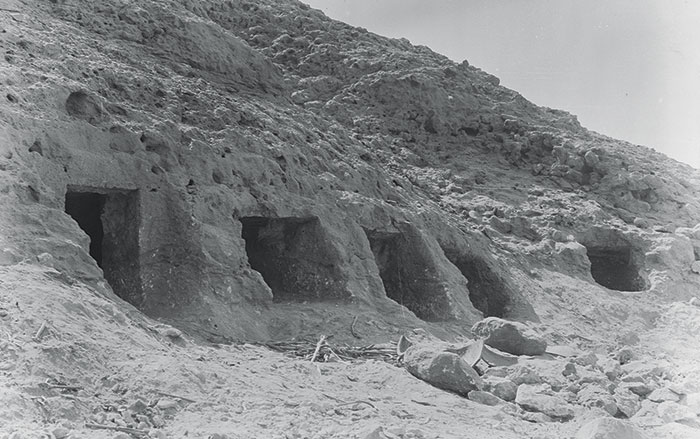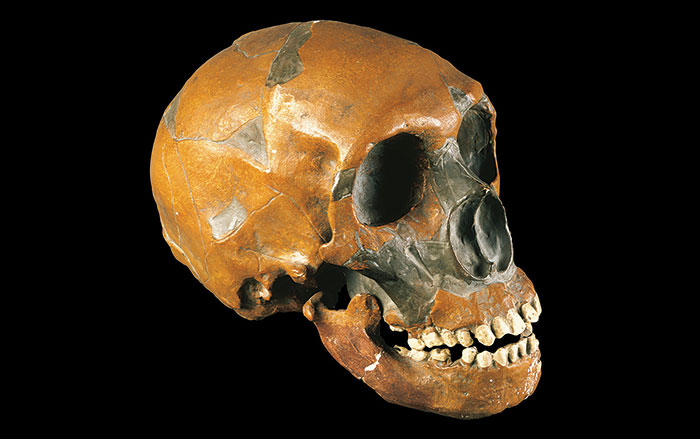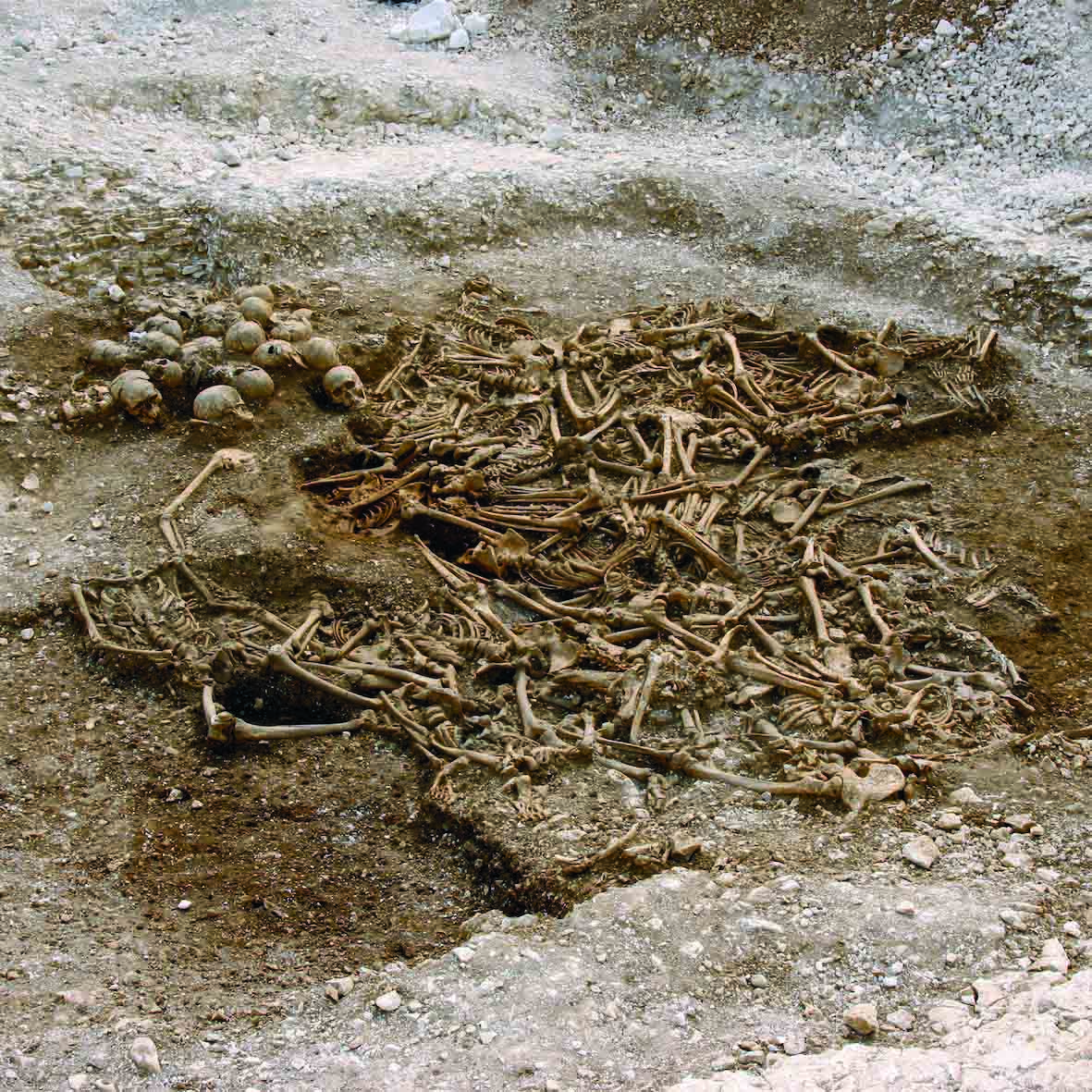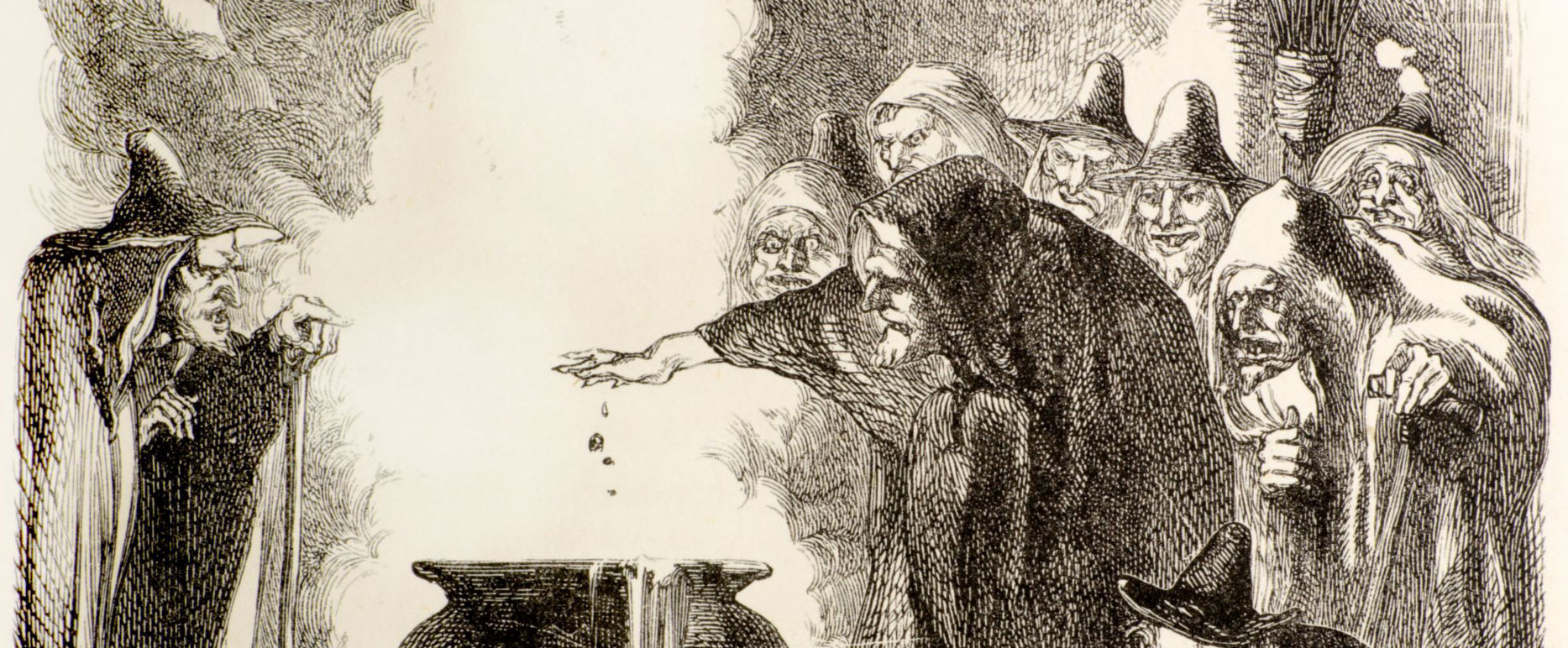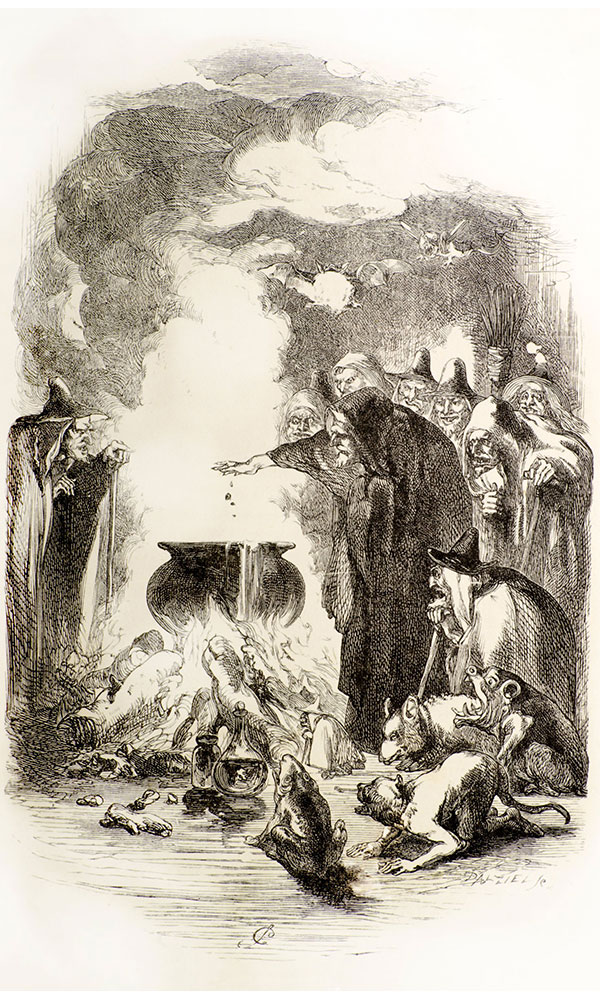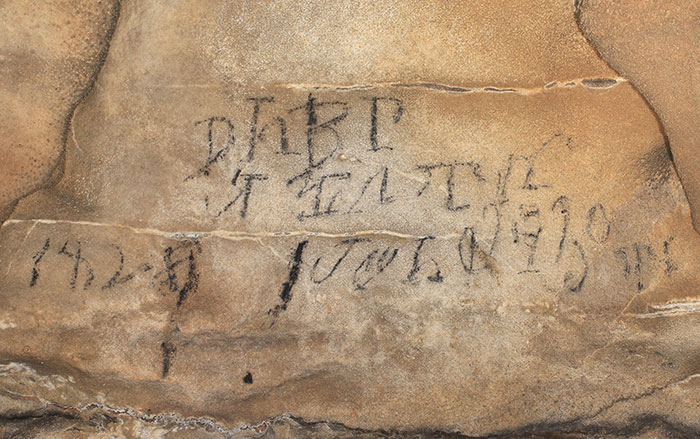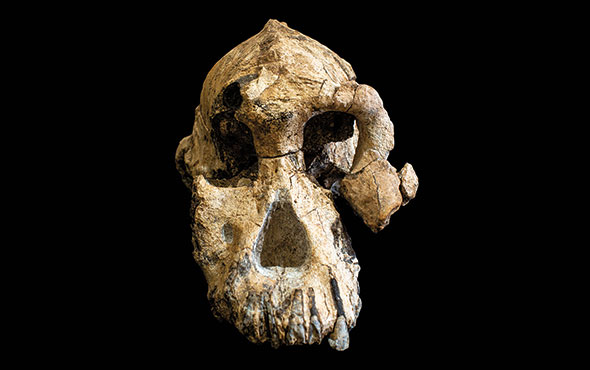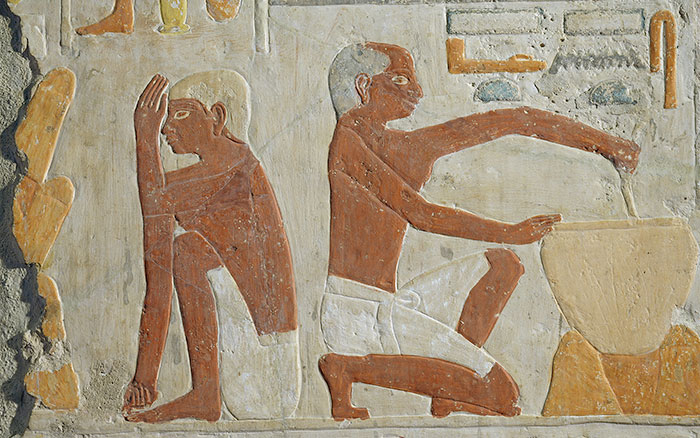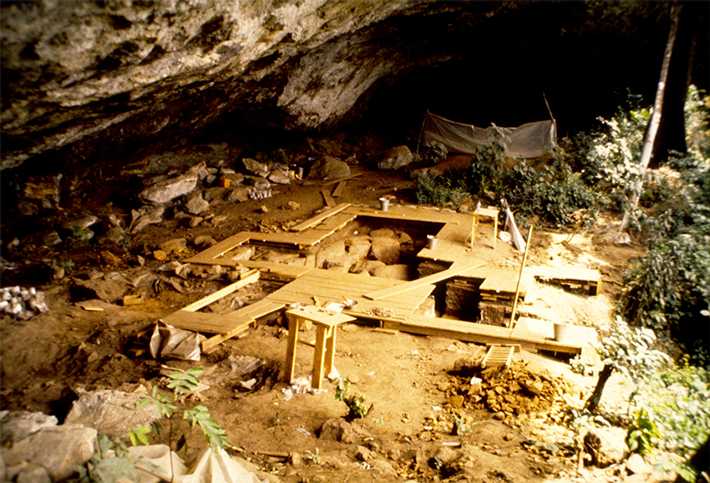
MADRID, SPAIN—According to a Cosmos Magazine report, analysis of DNA obtained from the remains of two children who were buried in the Shum Laka rock shelter in western Cameroon around 8,000 years ago, and two children who were buried there some 3,000 years ago, indicates that they were not the ancestors of the Bantu-speaking people who now live in the region. Rather, the genetic study suggests about two-thirds of the hunter-gatherer children’s DNA came from a previously unknown genetic line distantly related to present-day West Africans. The other one-third of their DNA is from a lineage thought to be related to present-day hunter-gatherers living in central Africa. A teenaged boy who had been buried in the rock shelter was found to have a rare variant of the Y chromosome, estimated to be between 250,000 and 200,000 years old, that is today found almost exclusively in western Cameroon. “There’s been a century of discussion about where Bantu languages originated and how they spread,” said archaeologist Mary Prendergast of Saint Louis University–Madrid. However, the study does not rule out the possibility that Bantu languages originated in the region, she explained. To read about a DNA study of three enslaved Africans who were buried in the Caribbean in the seventeenth century, go to "Finding Lost African Homelands."


